This time we want to tell you about a special case in one of the projects managed by Mar Azul: sheet piles.
Let’s start with its definition: sheet piles are a type of flexible containment structure, made up of prefabricated elements and tailored to the required size of the area where they will be installed. These prefabricated elements can be made of wood, plastic and concrete, although they are usually made of steel. Precisely the latter was the material chosen and used for the construction of the Buenaventura Marina, a project managed entirely by our firm.
Due to the special conditions and the level of complexity involved in the development of a marina, several possibilities of containment structures were studied that would allow achieving the geometric flexibility of the circular design of the Marina and, at the same time, meet the cost requirements and technical specifications to guarantee the useful life of the design.
Among the options contemplated we can mention the precast concrete retaining walls and the walls cast with tensioners. However, the clear winner was the use of steel sheet piles, due to its efficient construction methodology, its speed of installation and its instantaneous load capacity, since with sheet piles we do not need to wait for concrete curing time and it is possible to proceed with excavations immediately.
Sheet piles are screen-type flexible containment structures that form an airtight wall that allows them to contain soil and / or water. With only one side of the sheet pile having ground strength, steel anchors were included in the design to achieve wall integrity and strength. The sheet piles also have the advantage of coming prefabricated from Luxembourg according to the specifications required for the project.
The installation process begins with the lifting of the sheet piles by means of a crane and, once the installation position is located, a vibro hammer is used. Normally used to drive pipes or other elements into the ground, it is a very interesting alternative to build deep foundations, especially in maritime projects.
The sheet piles are installed in sections by means of tensioners or metal anchors through fixed rails incorporated at one end of the structure until reaching the depth of soil established in the design and, once placed, they are fixed together. A concrete crown beam is then placed on top as a final touch to give an aesthetic finish to the retaining wall.
During the execution of the project, we encountered some complications, the main threat being the extreme hardness of some points on the ground, which made it difficult to use the vibro hammer in these areas. This was resolved with additional excavations and welding that supported the regular installation to ensure the integrity of the wall.
From the experience acquired with the installation of the sheet piles, we can indicate and recommend that it is extremely important to always consider the specifications of the material with respect to the use and the useful life that is required for each project, so that the thickness, treatment and the type of material meet long-term maintenance and operational requirements.
In this particular case, the sheet piles were required to comply with certain parameters and the criteria of thickness, gauge and types of paint were considered to counteract the effects of natural corrosion in the environment to ensure a useful life of 50 years.
Both the research and the hunt for new construction methodologies that are innovative and adapt to the requirements and conditions of the project, as well as the satisfaction of the needs of our clients in time and execution costs, are characteristic hallmarks in Mar Azul, which allow us to provide a personalized treatment to each project.
In our next project article we will present an interesting case in which we apply our process of analysis and selection of materials, this time in the area of foundations… don’t miss it!




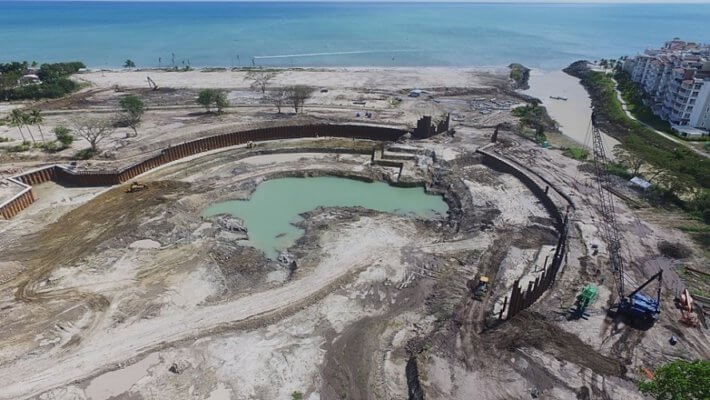
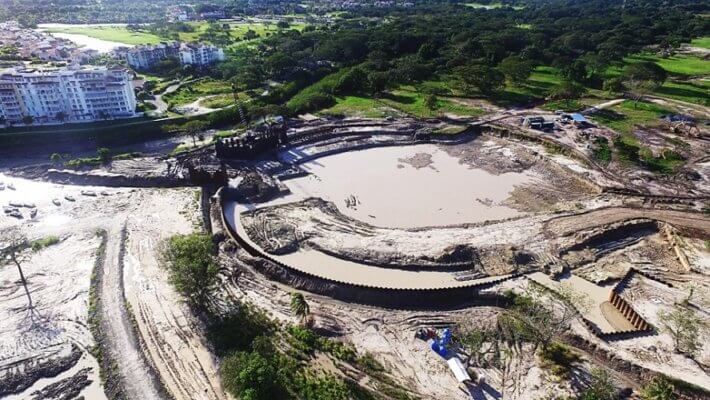
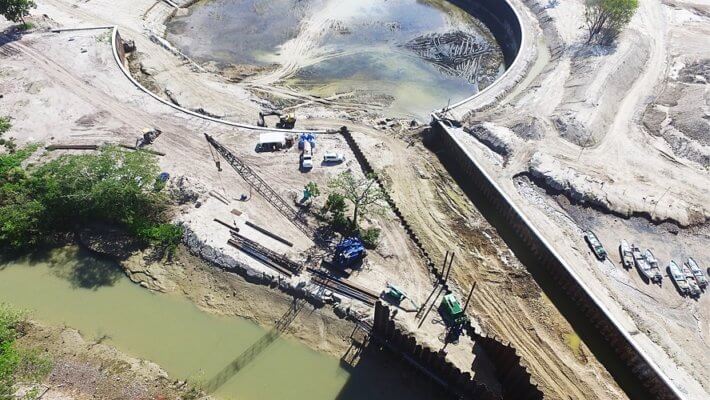
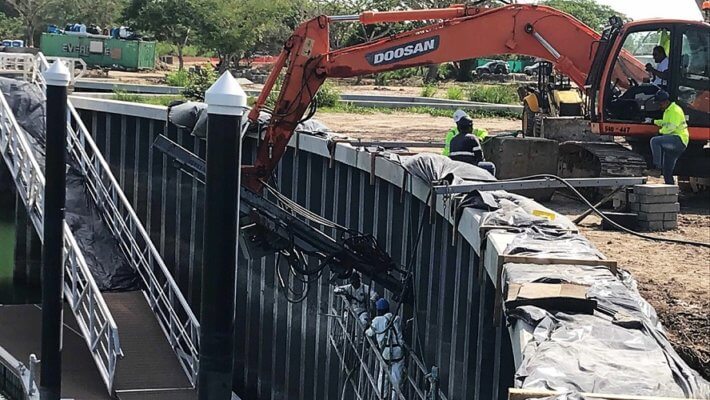
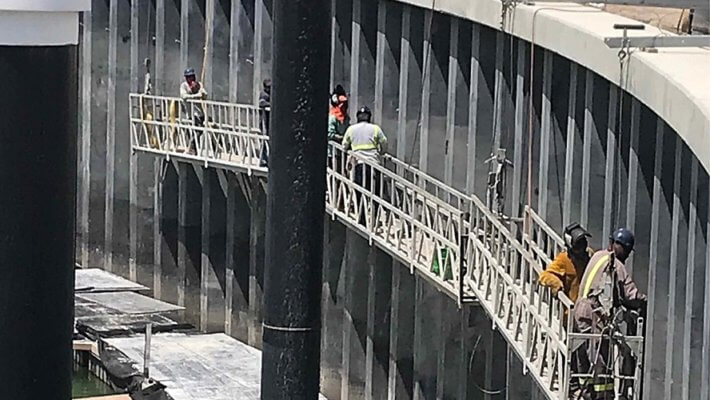
return
share in:
return
share in:
return
share in:
Recommended reading
Getting to know Carlos Gonzalez
Jun
Importance of having an expert advisor in finishes
Jun
How to define if your project is feasible?
May
Efficiencies in earthworks
May
Getting to know Aura Quintana
Apr
Project permits
Apr
Leap to technology: integration and efficiency
Mar
What is a Test Fit?
Mar
Getting to know Jonahan Castillo
Feb
Importance of involving an electromechanic in a project
Feb
Sofitel Legend Casco Viejo, a unique experience in Panama
Jan
Our 2022 summary
Jan
Getting to know Digna Olivardia
Dec
Our experience with post-tensioned slabs
Nov
The different phases of the design service at Mar Azul
Nov
Multifunctional spaces
Oct
Getting to know Salomón Dayán
Oct
Importance of a proper technical inspection
Sep
Which sustainable certification to choose and which is the most suitable for my project?
Aug
Hotel La Compañía, our execution experience in an important historical area
Aug
Getting to know Leydis Moreno
Jul
Cost management
Jul
Responsible recycling
Jun
Welcome Back Engineer José Ramón Icaza
Jun
Getting to know Jorge Silva
May
Five steps to create a project plan
May
Recommendations for working with natural stones
Apr
Administration vs. Project management
Apr
Getting to know Teresa Perez
Mar
Five common mistakes in the installation of lightweight walls and how to avoid them
Mar